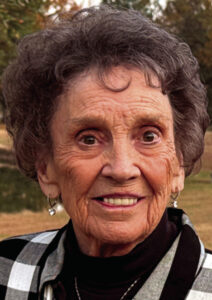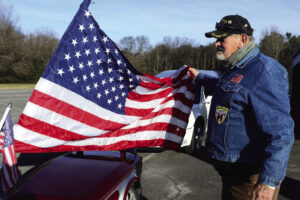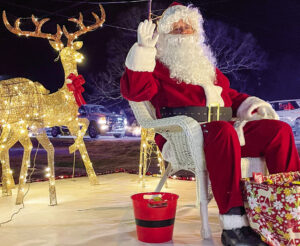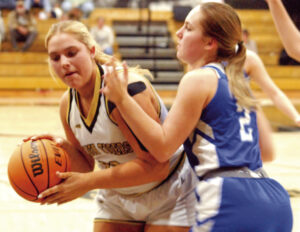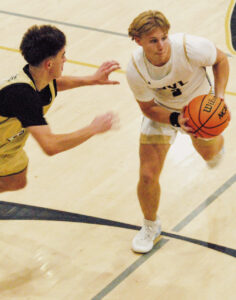Catching crappie on the Big O'
By Staff
March 30, 2001
Okatibbee Lake has become known by numerous nicknames such as the Big O, the Dead Sea, as well as the Mud Hole and many others. Most of the nicknames were coined by anglers who had suffered through another terrible day of fishing on the lake. When the fishing is good on Okatibbee it's really good, but when it's bad, it's really bad! It seems there's almost no in-between. It has become the lake that many anglers love to hate. However, many of those same anglers have become quite familiar with the flood control lake and there's one thing they can count on at Okatibbee; there's always lots of crappie to be caught.
Once anglers learn where to look for the fish at different water levels, they will be able to locate them quicker. And therein lies the key to catching fish on Okatibbee. Anybody can catch fish if they are near them; the hard part is being able to find them. Anglers must take into account the season of the year, as well as the current water levels.
Spring means shallow
During the springtime, most perch will travel to shallow water at some point to spawn. Once the water temperature reaches a certain point, the crappie will head to the shallows to reproduce. On Okatibbee, different areas of the lake will warm up at different times. The spawn might last for 3 to 4 weeks in different parts of the lake at slightly different times.
Crappie spawning is also affected by the weather. All of the normal seasonal patterns will have to have the water level taken into consideration as well. With the perch heading to the shallowest water they can find, the water level is important. If the water starts falling, the fish will have to leave for deeper water.
Although the fishing has been tough due to changing weather conditions, several anglers have reported large catches of crappie just before the front passed through last weekend. Several claimed to have caught more than 100 crappie in a day. Of all those reporting, most had a limit of keeper size perch.
This writer was one of the lucky anglers to have found an area of the lake that had crappie willing to bite. The key to catching perch was to find wood structure in water less than 2 feet deep. The fish may be keying on stumps, logs, laydown trees or buckbrush bushes.
On our best day last week we limited out quickly once we found the perch in shallow water. Most of the crappie were in water less than 18 inches deep and holding tight to the bushes and treetops. Many were in water only 12 inches deep.
Simple tackle
A simple graphite or fiberglass pole and jig were all you needed to catch the perch. Any combination of jig colors that included red and chartreuse seemed to be good. We caught most of our fish on Flicker Jigs made locally by Collum's Baits. They seemed to bite this bait better than any other offering. We were steadily catching them while other boats nearby were not having much luck.
This jig has a flat head that enables the lure to wobble or dart from side to side when you jig it up and down. The body is made similar to a tube except that it is solid, which makes it more durable. Although we were having our success just lifting it up and down around stumps and bushes, anglers may also fish it in tandem with a spinner when the crappie are active. Although many anglers prefer fishing with minnows, crappie will readily inhale a Flicker Jig and they tend not to swim around a bush or tree limb with it.
Chances are good the crappie will be receptive to a variety of baits this time of year. The most important thing however, is to go fishing and have some fun.


